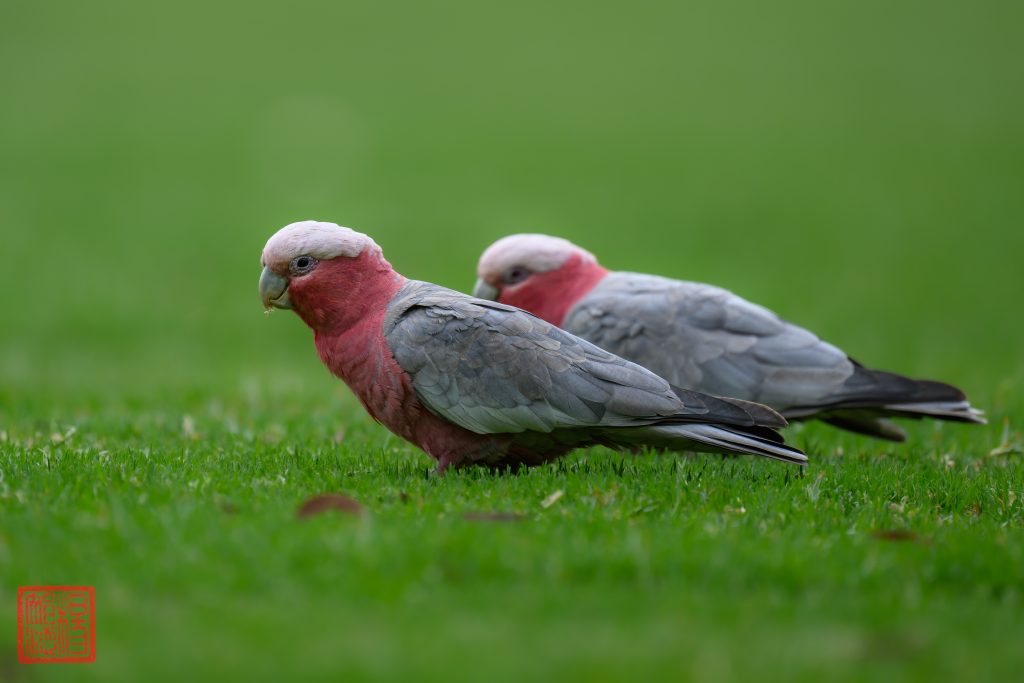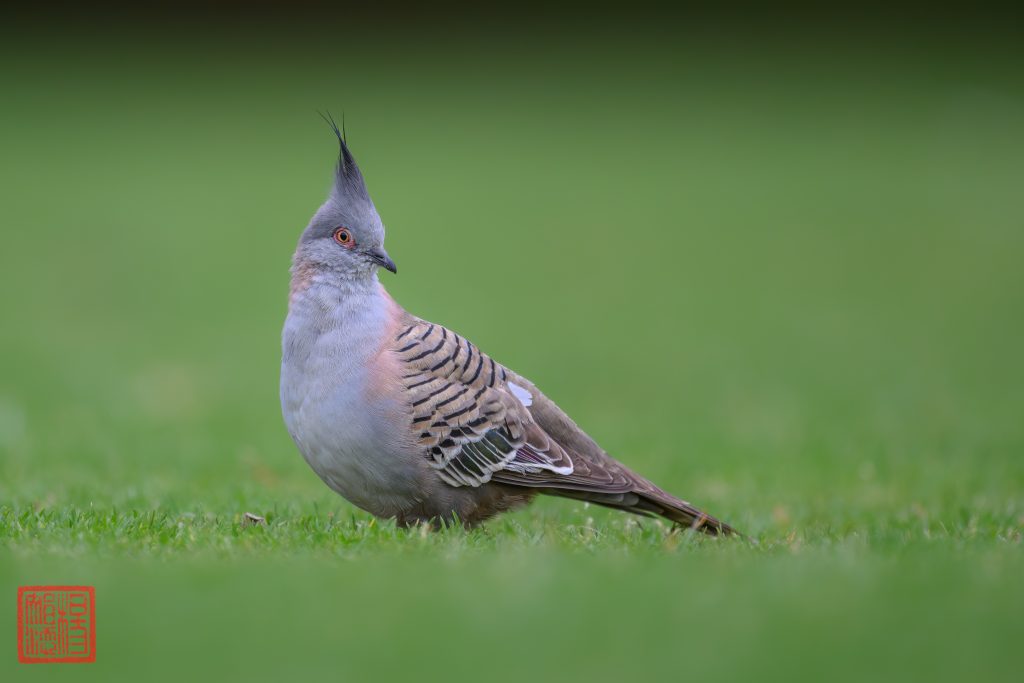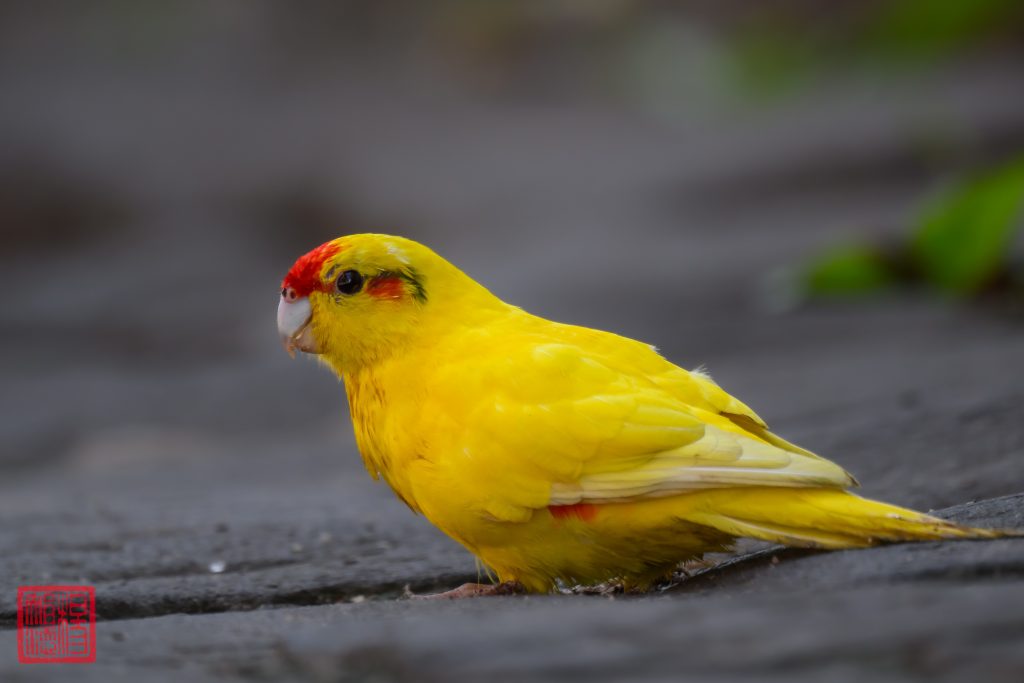After a few weeks of absence, it looked like the Galahs are back at Royal Park Trin Warren Tam-boore. These photographs were taken on 11 December 2024.
The first image was taken at the oval next to Trin while the second was taken at the Skink Habitat.
While a common bird, they are quite pretty and add colour to the city park on a dull summer day. Their calls are not as rough as the Sulfur-crested Cockatoo but I wouldn’t described them as particularly musical. The way to identify the sex of the Galah is the colour of their eyes. The males have dark brown eyes while the females have pink eyes.
First: Nikon Z 9, Nikkor Z 800mm f/6.3 VR S @ 1/800s f/6.3 ISO220
Second: Nikon Z 9, Nikkor Z 800mm f/6.3 VR S @ 1/640s f/6.3 ISO140













